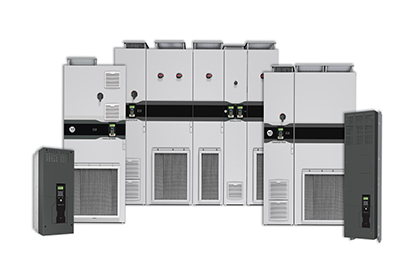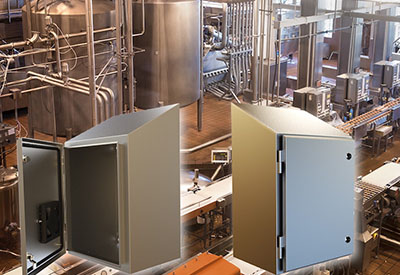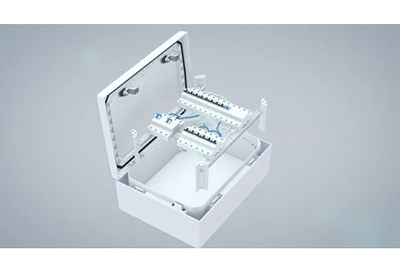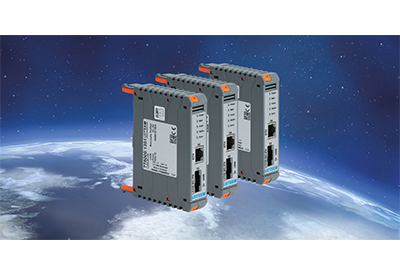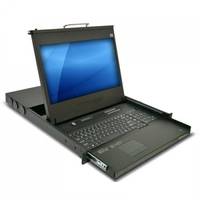Rittal Enables AI With Modular Cooling Distribution Unit (CDU) Capable of 1 Megawatt (MW) Cooling
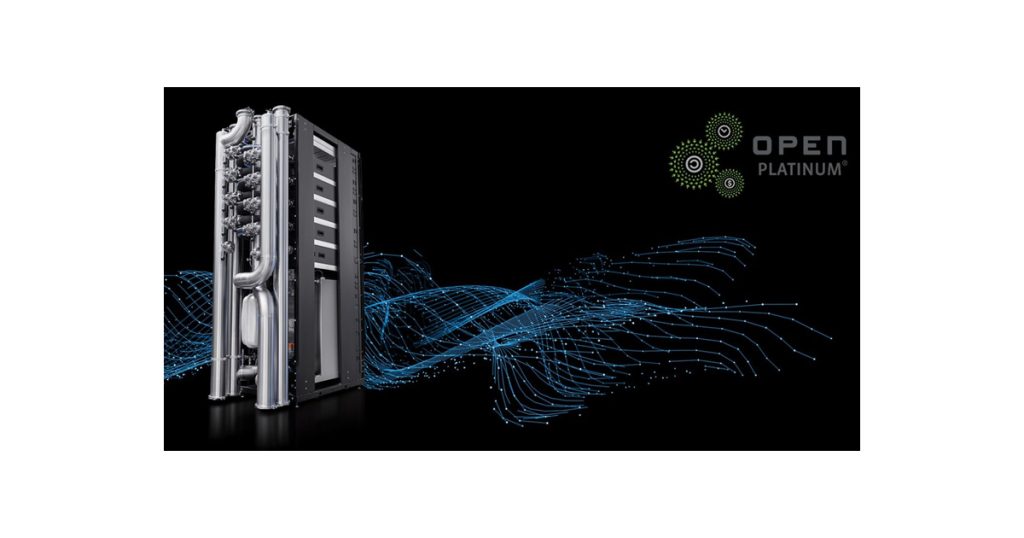
November 4, 2024
In close cooperation with hyperscalers and server OEMs, Rittal has developed a modular cooling distribution unit (CDU) that delivers a cooling capacity of over 1 MW.
It was the centerpiece exhibit at Rittal’s booth A24 at the 2024 OCP Global Summit on October 15-17. The CDU uses direct liquid cooling based on water – and is thus an example for new IT infrastructure technologies that are enablers for AI applications.
New technology, familiar handling?
“To put the technology into practice, it is not enough to simply provide the cooling capacity and integrate the solution into the facility – which also still poses challenges”, says Lars Platzhoff, Head of Rittal’s Business Unit Cooling Solutions : “Despite the new technology, the solutions must remain manageable by the data center team as part of the usual service. At best, this should be taken into account already at the design stage.”
What will become the next best practice? And how?
“We are convinced that the powerful liquid-to-liquid solution will be a crowd puller at the 2024 OCP Summit. This kind of set-up will be used mainly by hyperscalers and other operators of large data centers”, Platzhoff explained before the Summit: “The approaches taken by international hyperscalers after extensive testing will quite probably set the standards in the medium term. But the agile colocation sector cannot wait so long.”
Most colocators are highly customer-focused and want to rapidly offer their customers good conditions for AI and HPC as well. Several of them are also planning data centers with liquid-to-liquid solutions. Rittal will also offer alternatives without the need for a water connection.
The liquid-to-air versions cool the processors with water but dissipate the heat into the air through the rear door of the rack or a side cooler. They do not achieve the same cooling output and efficiency as liquid-to-liquid solutions, but they can be deployed more quickly in data centers without a water connection. Thus, they enable data center operators to perform their tests with less effort and investment or to create individual ‘HPC islands’ in air-cooled data centers for their users.
“These versions have a leverage function, bringing direct liquid cooling into data centers as an enabling technology for AI”, Platzhoff explains.


